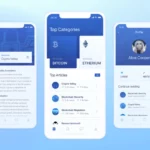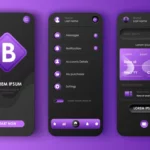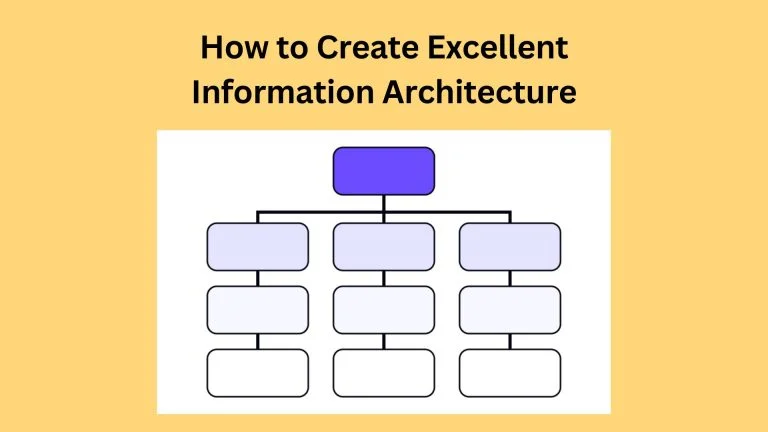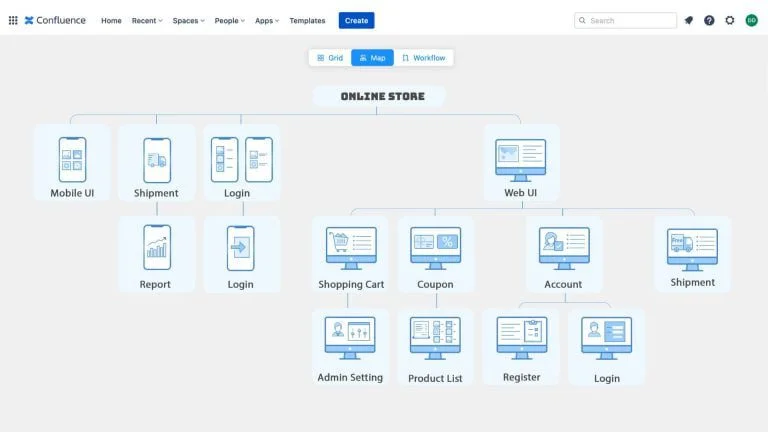Do you get emotional when to see emojis on your recent post?
Love, fear, anger, happiness, and sorrow exist in every human. We enjoy every bit of life with these emotions.
Technically, we define emotion as a strong feeling deriving from circumstances, mood, or relationships with others. We use emotions every day to express our emotional responses to given situations. Emotions play a significant role in helping us to learn and understand the world.
There are many theories on emotions, and the one Robert Plutchik devised such theory suggests eight primary emotions Joy, sadness, acceptance, disgust, fear, anger, surprise, and anticipation. We experience 34,000 emotions from the eight primary emotions as shown by Plutchik’s wheel of emotions like Anticipation + Joy gives optimism or love arises from Joy + trust.

Emotions design aims to create products that evoke certain emotions from its users.
Why do we consider emotions when designing?
Designers aim to create designs that increase positive emotional responses from their users. The design taps the emotions of its users to provide a greater level of user experience.
The emotional design transforms a simple product into something remarkable that users will rave about. Two products can offer the same functions, but if one can evoke a positive emotional response from its users, it is more successful than its competition.
For example, the Apple products purchased by the users compared to similar products of various brands. Emotional design can turn users into fans.
Slack vs HipChat:
You might have heard the name HipChat. Even though Slack and HipChat have the same features, Slack recognizes itself as a success and a favorite tool for communicating with your team. The difference is emotional design.
The slacks look different from their competitors. It’s fun and playful! Users enjoy using it, as it strengthens positive emotional responses.

Don Norman, a leading expert in emotional design, suggests a model connecting emotion on three interconnected levels. He suggests categorizing human emotions into three connected levels. To influence our overall emotional experience, link and interconnect these levels.
- Visceral level:
The visceral level is all about the appearance of your product. You can say the first impression on the user and how it makes them feel. Branding also plays an important part.
The visceral level deals with the subconscious level of reaction to a design: with aesthetics of design and perceived quality from the look and feel of a product.
The reason people are more likely to choose one product than another is because of the visceral level. Let’s take the below example of a metal water bottle: which one would you like to choose?


Another look at Spotify:

It is colorful and appealing to its users on a visceral level; it creates a pleasant and appealing first impression for users.
- Behavioral level
The behavioral level describes the usability, practicality, and product functioning. It encourages users to investigate the product further. Apart from the performance and appearance, the design should fulfill the user’s needs. The preferable design for the user is pleasurable, practical, understandable, and usable. For example, the shape and positioning of the buttons in the game controller. They have a particular shape that is comfortable for the thumbs and hands to hold while playing.

For example, Dropbox, Gmail, and GitHub are a few websites whose design appeals to users on a behavioral level. The design is attractive but conveys its intended functionality. These are some tools that help us achieve our goals with minimal effort.
- Reflective level
Reflective thinking rationalizes our behavioral thinking. We term it as the “highest level of emotional response” working at the conscious level. As the user considers the overall impression of the design, it creates a long-term impact on users. It describes how the “how to fit a design into a user’s life and self-image?”.
For example, Apple products are an excellent example of the reflective emotional level. Products and designs are attractive and functional. The user feels the connection towards products. Users are more loyal to the brand as it invokes the feeling of reflecting a particular self-image.

Measuring emotions in UX design:
As we have seen, the 3 levels of design that connect to our emotional system influence our real-world experiences.
Do we have the measuring technique for emotions reflecting our UX designs?
Most designers would like to have their uses, a positive emotional experience. Can you measure these experiences and design them to invoke anyone’s desire for them? To ensure your designs elicit the user’s emotions, use these three methods to measure their emotion.
- Self-reporting techniques:
The self-reporting technique is a direct approach to “ask” your users how they think and feel about a specific product or service. We can do this in two ways:
- Asking users directly: Ask direct questions if you identify your users as negatively connected to your brand. This approach eliminates the indirect methods required to uncover emotions.
- Asking users to rate their experience:
To know the user’s experience, you can ask them to rate your service. This approach keeps your service on its toes.
- Uncovering implicit feelings:
It is an indirect way of asking customers about their feedback. Sometimes users may not open up easily or find the lack of words. For example, having a bell in a restaurant for the customers to ring when they have a delightful experience for your service. You allow your customers to project their feelings using some tool or by creating a comparison with similar brands.
- Non-conscience reactions.
Body language and emotions are the best way to analyze customer response. Observing the customer by tracking their eyes, or by using facial recognition techniques, or simply the body temperature, you will identify the intensity of emotions in your users.
Nutshell:
In this digital revolution, emotion matters, especially when you try to create an army of customers. The more your product emotionally connects with your users, users will remember the experience with your products for their lives.











